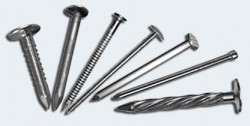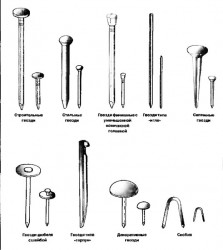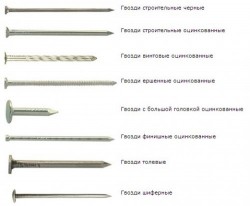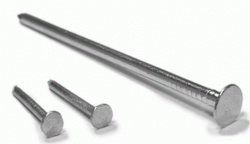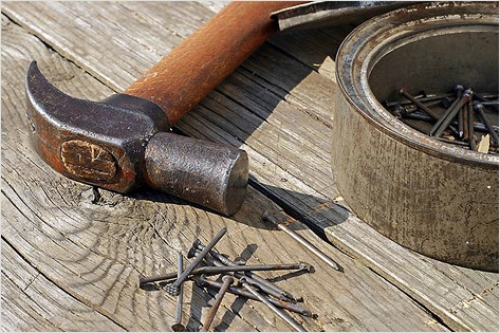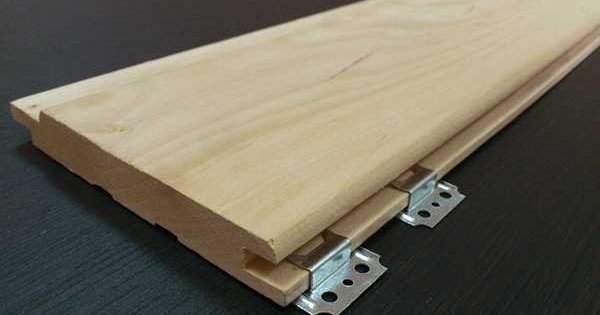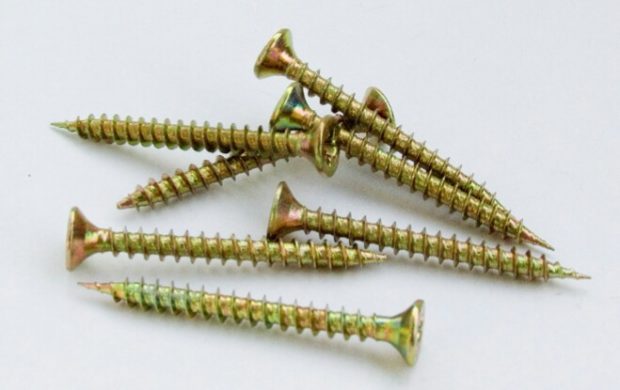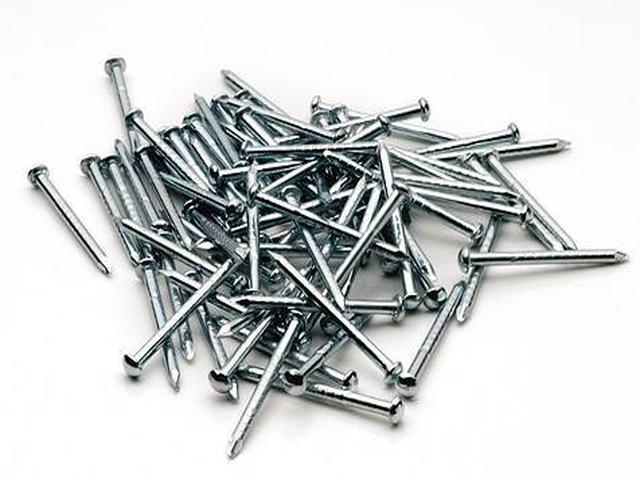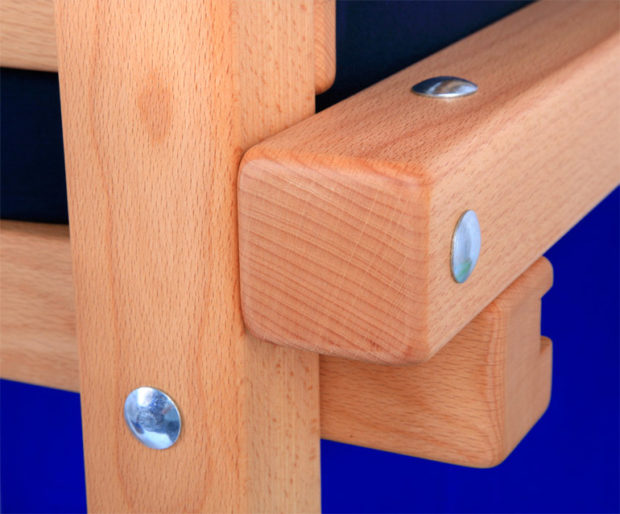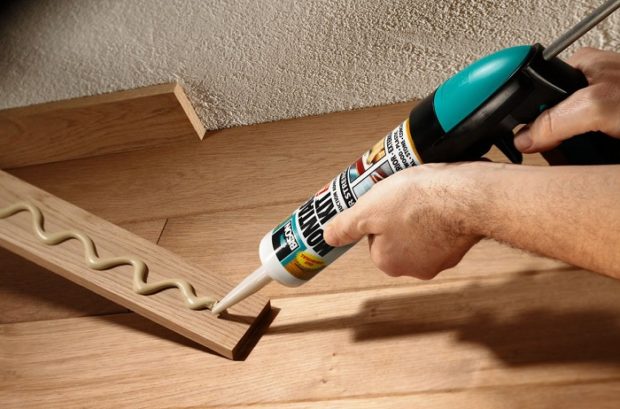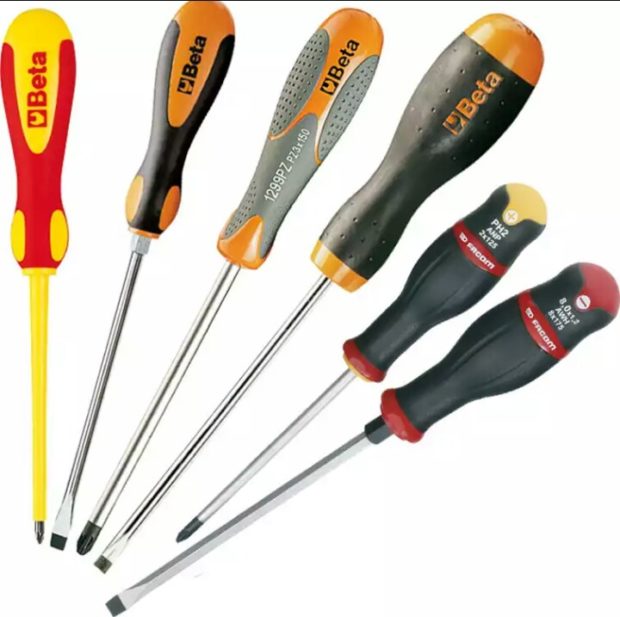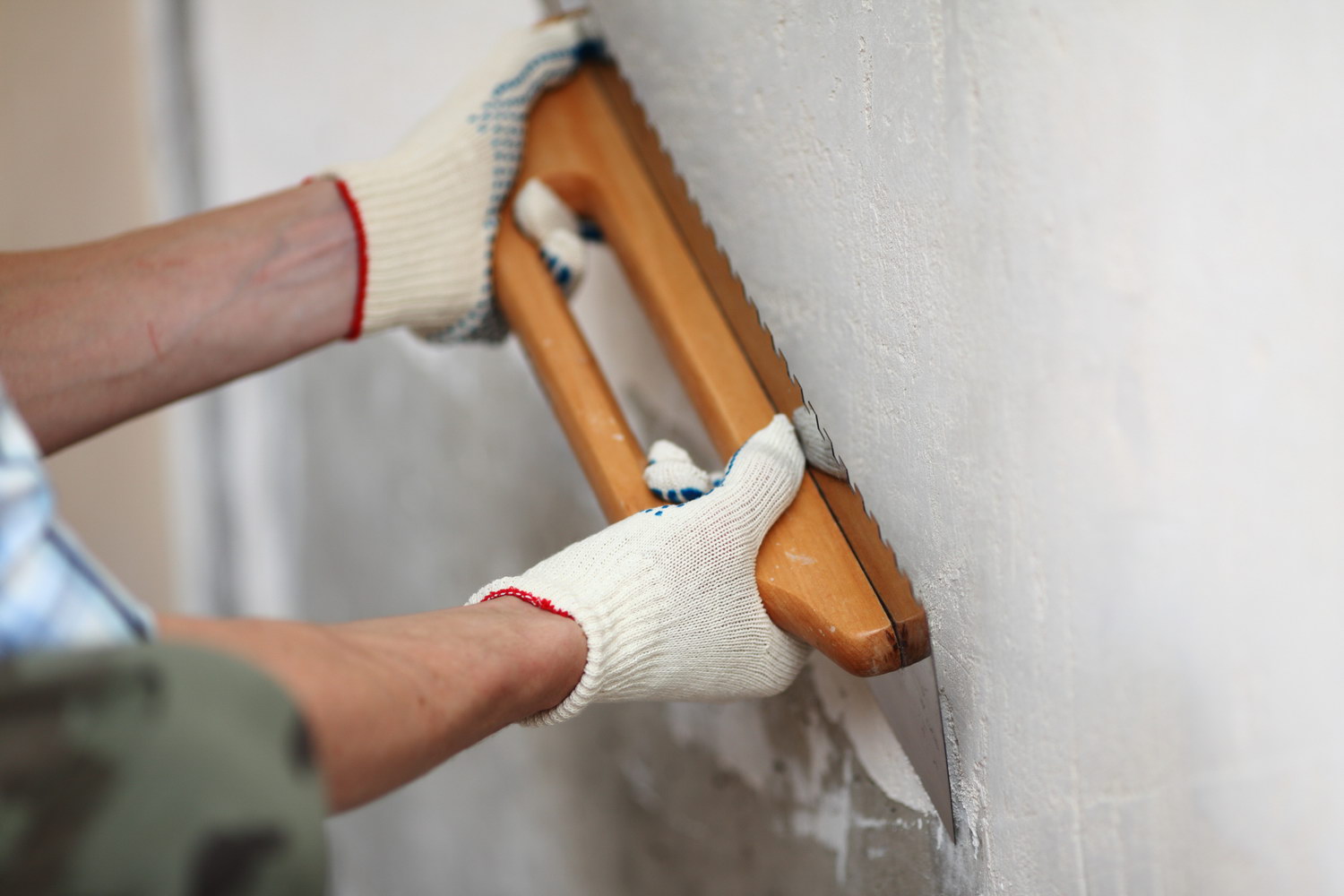How to choose nails: types, material, length
An assortment of nails can discourage a not very experienced builder, so it is better to know in advance which nails and what are they for. There is an opinion that it is difficult to get a secure fastening with nails, and they are much inferior self-tapping screws and screws. But this is only a myth that is easy to dispel on one's own experience, but for this it is necessary to choose the right nails that are most suitable for performing specific work.
Types of Nails
A nail is a very simple fastener that consists of a hat, a pointed end, and a shaft. The latter can be round, pyramidal or square. Depending on the size of each of the constituent elements, their relationship to each other, nails may differ in purpose, and, consequently, in appearance.
To date, these main types of nails are distinguished:
 construction nail - the most common of the nails, it is used quite often, mainly for fixing wooden parts to each other. This is a rod with a pointed end, and the diameter of the cap is 3-4 times the diameter of the rod. Another feature is the presence of protruding notches on the nail shaft near the hat. They are designed to better fix in the material and improve fit. For such products, it varies widely - from 1 cm to 25 cm;
construction nail - the most common of the nails, it is used quite often, mainly for fixing wooden parts to each other. This is a rod with a pointed end, and the diameter of the cap is 3-4 times the diameter of the rod. Another feature is the presence of protruding notches on the nail shaft near the hat. They are designed to better fix in the material and improve fit. For such products, it varies widely - from 1 cm to 25 cm;- roofing nail, as its name implies, is used for roofing, for fastening metal sheets to a wooden crate. It is very similar to a normal construction nail, but differs in a larger hat and a large diameter of the rod;
- roofing nail It is also used mainly for roofing, but is suitable for fixing soft materials. Its key feature is a large hat, which up to 6 times the diameter of the rod;
 slate nail - an exact copy of the construction nail, but it differs in a large galvanized hat, which protects against moisture penetration through the mounting hole under the sheet slate. The length varies widely, and its selection depends on the height of the wave crest of the slate itself;
slate nail - an exact copy of the construction nail, but it differs in a large galvanized hat, which protects against moisture penetration through the mounting hole under the sheet slate. The length varies widely, and its selection depends on the height of the wave crest of the slate itself;- screw nail it is easy to distinguish by spiral grooves on the rod, thanks to which you can get a reliable connection of wooden products. Often, such nails are used to equip a wooden floor, since they provide a much more reliable fastening than a regular construction nail. Moreover, a screw-nail mount hardly wanes over time;
- brushed nail It differs in a rod consisting of consecutively connected and truncated cones; it has a tooth-like profile in appearance. Joints made using such nails are considered one of the most durable, and it is not very easy to pull it out if necessary, and in most cases it is generally impossible without destroying the material;
- finish nail almost the same as the construction one, but his hat is much smaller, only 1.5 times the diameter of the rod. During installation, the hat is completely recessed into the material, and it becomes almost imperceptible;
- baseboard nail in appearance it resembles the finish, but there is a transverse notch on its core, which increases the fastening strength;
- decorative nail It is used for fastening finishing materials and has a beautiful patterned hat;
 finishing nail - a wire product with a semicircular head, which is only slightly larger in diameter than the parameters of the rod. Often the caps of such nails have a decorative coating;
finishing nail - a wire product with a semicircular head, which is only slightly larger in diameter than the parameters of the rod. Often the caps of such nails have a decorative coating;- brackets - These are nails that are U-shaped, and both ends are pointed. Such products are great for attaching nets, cables;
- steel nails - A variety of ordinary construction nails, but they are so hard that they cannot be bent, so they are used when working with hard wood;
- plaster nails can be wire or carved. The former are more common, and instead of a hat they have a L-shaped end bent, so that it holds the roof shingles firmly
- needle type nail differs in the absence of a hat; it is used for fastening panels and some other coatings;
- harpoon nail used to drive into the corners of brick walls;
- dowels designed for driving into concrete and brick walls;
- drywall nails - special nails that have a wide head and do not allow the material to collapse;
 double hat nail It is used in the construction of collapsible structures, as well as when mounting film in greenhouses;
double hat nail It is used in the construction of collapsible structures, as well as when mounting film in greenhouses;- other. In addition, there are a number of other nails, which are used much less often, only in a certain area. For example, nails – products with square large hats, are used in the repair of shoes. There are also horseshoe nails, ship and barge nails, glass and castle nails, the scope of which is clear from the name.
Nails can also be divided in the shape of a hat. A hidden head is better in that such a nail is hardly visible on the surface, it can be driven in flush without disturbing the structure of the material itself. If the nail is with a non-secret cap, then when you try to drive it flush with the surface, you can destroy it: for example, the veneer of the MDF board will certainly burst. You need to choose the right option, starting from where clog a nail and what needs to be fixed.
Nail material
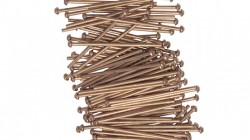 The nail can be made of a variety of materials, which determines the scope of its further use. Many do not think about this fundamental difference and use the same nails both indoors and outdoors. And then often unpleasant situations arise when the nail begins to rust and ceases to fulfill its direct functions.
The nail can be made of a variety of materials, which determines the scope of its further use. Many do not think about this fundamental difference and use the same nails both indoors and outdoors. And then often unpleasant situations arise when the nail begins to rust and ceases to fulfill its direct functions.
The simplest produce nails of black steel, but they are best used in dry rooms, because when they come into contact with moisture, they instantly rust. Also, some builders use such nails for the construction of temporary structures: in this case, their quick corrosion is not able to harm.
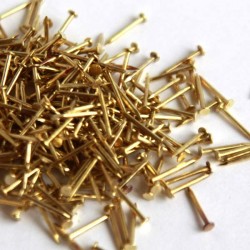 To be sure that the nail will not rust and collapse, it is better to use products with a protective coating. So, the most popular are galvanized nailsthat can withstand moisture, and at the same time not lose their appearance, not operational qualities.
To be sure that the nail will not rust and collapse, it is better to use products with a protective coating. So, the most popular are galvanized nailsthat can withstand moisture, and at the same time not lose their appearance, not operational qualities.
Coating brass or copper protects the nail from oxidation even in humid aggressive environments, therefore, such products are used either in the most difficult conditions, or when you need to be 100% sure of the reliability of the result. Another bonus of brass nails is that their color allows you to use them on a par with finish nails, and it will not be noticeable against the background of a wooden lining.
On sale you can even find aluminum nails. Aluminum itself is instantly oxidized in air under the influence of moisture, but the aluminum oxide formed on the surface stably resists all negative environmental influences, protecting the rest of the product from them.
Nail length
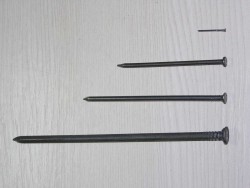 Depending on the specific case, choose nails of different lengths. So, you need to nail a thinner part to a thick one, and the length of the nail should be 2.5-4 times greater than the thickness of the part that is nailed. You can use another rule: the nail must go into the part to which it is nailed, at 2/3 of its length: this ensures the reliability of fastening, and the end will not stick out on the other hand, which is a danger.If it so happens that the length of the nail is clearly greater than the width of the two fastened parts together, then the end of the already hammered nail is bent with a hook and driven into the surface.
Depending on the specific case, choose nails of different lengths. So, you need to nail a thinner part to a thick one, and the length of the nail should be 2.5-4 times greater than the thickness of the part that is nailed. You can use another rule: the nail must go into the part to which it is nailed, at 2/3 of its length: this ensures the reliability of fastening, and the end will not stick out on the other hand, which is a danger.If it so happens that the length of the nail is clearly greater than the width of the two fastened parts together, then the end of the already hammered nail is bent with a hook and driven into the surface.

